As with all high power UVC devices, proper care should be taken to avoid exposure to skin and eyes. Protective eyewear should be chosen to provide protection from all sides since UVC will reflect on some surfaces.
This device is intended to be a mercury-free, bulb-free alternative with a useful lifespan of thousands of hours. It would be turned on when leaving a room, vehicle, etc. and left for a period of time for disinfection. Safety features in the unit will be identical to my other UVC project and include temperature sensors, power monitoring, a timer, and automatic shutoff in the event of overheating, excessive power consumption, or other malfunction.
Now for a fair warning - this project is a bit on the pricier side compared to fluorescent bulbs. Expected cost when completed will run in the $200-$300 range thanks to price increases on parts and supply chain issues.
There are many devices on the market now that are low powered or emit other wavelengths (UVA/UVB) with minimal or no germicidal effect. This array is produced by New Energy using Luminus XBT-3535 LEDs rated for a maximum of 90mW per LED for a total radiant flux of 1.08W. (Fluorescent UVC bulbs range from 75µW to 4W depending on size). Note that these are optical measurements, not electrical measurements. Links to the datasheets for these devices can be found on the left side of this page.
Newer devices are coming out with multiple die (such as the XFM-5050-UV) capable of producing about 4 to 25 the power of these LEDs. However at this time they are very new to market, and only available commercially in large volumes. They are also quite expensive, not to mention power and cooling requirements far beyond the scope of a consumer device.
Glass, acrylic, polycarbonate, and most other materials block UVC. LEDiL produces a silicone lens designed to pass UVC wavelengths and fit standardized LED array strips.
Need a project for those many rainy weekends? Have a craving for the latest and greatest? Go big or go home with a high powered array!
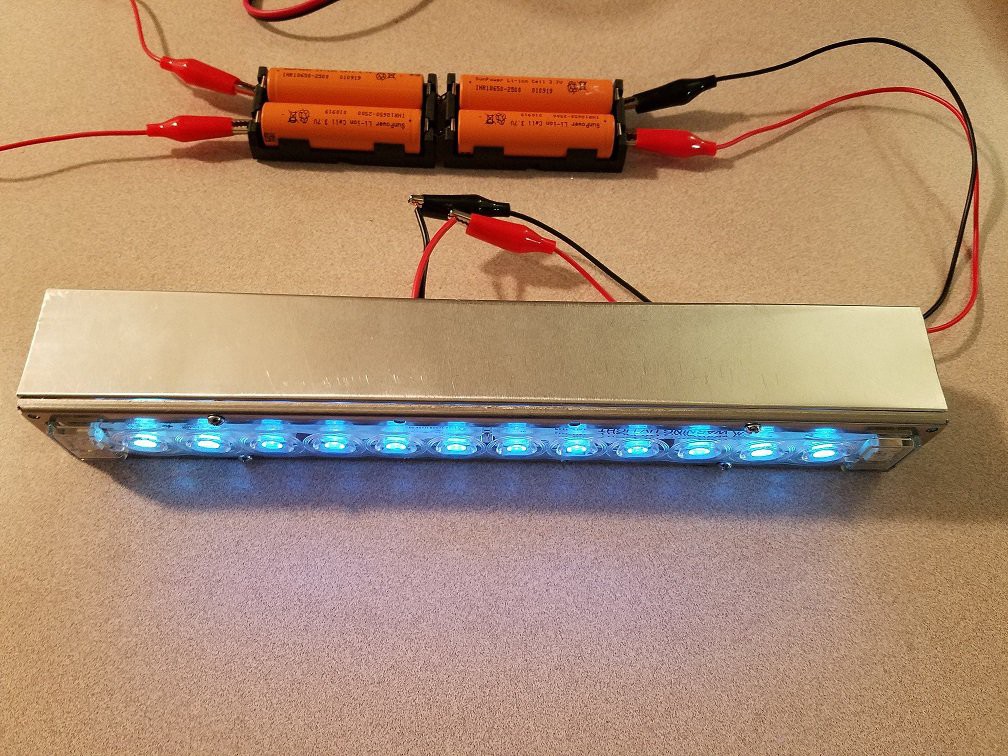
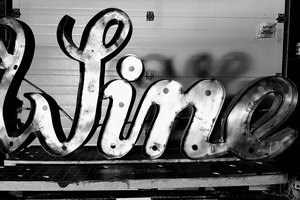
 Mark Mullin
Mark Mullin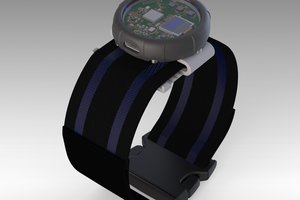
 Valentyn
Valentyn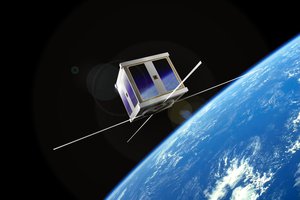
 shenning
shenning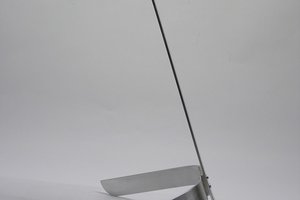
 Yann Guidon / YGDES
Yann Guidon / YGDES